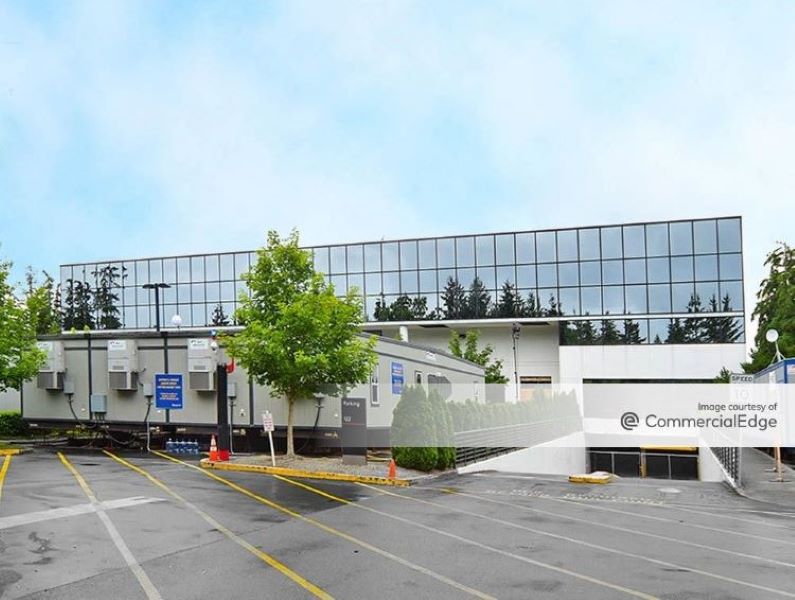Behind Microsoft’s $3.3B Wisconsin Data Center Project
This expansion is intended to spur growth in AI innovation and related areas.
Microsoft Corp. will undertake a $3.3 billion investment package intended to make Southeast Wisconsin “a hub for AI-powered economic activity, innovation, and job creation.”

President Joe Biden joined Microsoft Vice Chair & President Brad Smith for the announcement at Gateway Technical College in Racine, Wis.
The investments reportedly will unfold in four phases. In the first, Microsoft will invest $3.3 billion through 2026 to expand its previously unveiled data center development in Mount Pleasant, Wis. This additional cloud and AI infrastructure capacity is intended to benefit companies in Wisconsin and across the country.
In addition to building the data center, Microsoft will partner with Gateway Technical College to build a Data Center Academy, which will train and certify more than 1,000 students in five years to work in the new data center and at new IT sector jobs in the region.
In the second phase, Microsoft will establish a manufacturing-focused AI Co-Innovation Lab at the University of Wisconsin–Milwaukee, reportedly the first of its kind in the U.S. The lab is intended to connect Wisconsin manufacturers and other companies with “Microsoft’s AI experts and developers to design and prototype AI and cloud solutions to improve and accelerate their work and grow their business,” according to Microsoft.
READ ALSO: How AI is Boosting the Data Center Market
Third, Microsoft will partner with United Way Wisconsin, United Way Racine and other community partners to upskill more than 100,000 people on generative AI across Wisconsin by 2030. The curriculum reportedly will help train residents to use new applications, including Microsoft Copilot, a suite of Microsoft AI services.
Further, Microsoft will work with Gateway Technical College to train and certify 3,000 local AI software developers and provide opportunities for 1,000 local business, civic and government leaders to participate in bootcamps in which they can learn how to adopt generative AI into their organizations.
Finally, in support of local education and youth employment, Microsoft will partner with the Racine Unified School District (RUSD) and work with Girls in STEM to expand its program to two additional RUSD middle schools. This will provide access to STEM education for more than 500 middle school–aged girls over the next five years.
To provide green energy for the campus, Microsoft has partnered with National Grid to build a new 250 MW solar project in Wisconsin that will begin operation in 2027. By that point, Microsoft will surpass 4,000 MW of power added into the local grid—or enough electricity to power more than 3 million homes.
In addition, the new data center will use a closed-loop cooling system to recycle water; the system will therefore require no additional water after startup.
Checkered history
This part of Southeast Wisconsin experienced substantial disappointment in recent years following the 2017 announcement by Taiwanese multinational contract electronics manufacturer Foxconn Technology Group that it would invest up to $10 billion in a manufacturing campus. When ground was broken in June 2018, then President Trump attended the event.
Since that splash, however, Foxconn’s actual investments and job generation have fallen very far short of what was initially projected. For example, the Milwaukee Journal Sentinel reported in March 2023 that as of then, only 1,454 jobs, not 13,000, had been created, and that Foxconn’s investment in the site totaled $672.8 million, rather than $10 billion.







You must be logged in to post a comment.